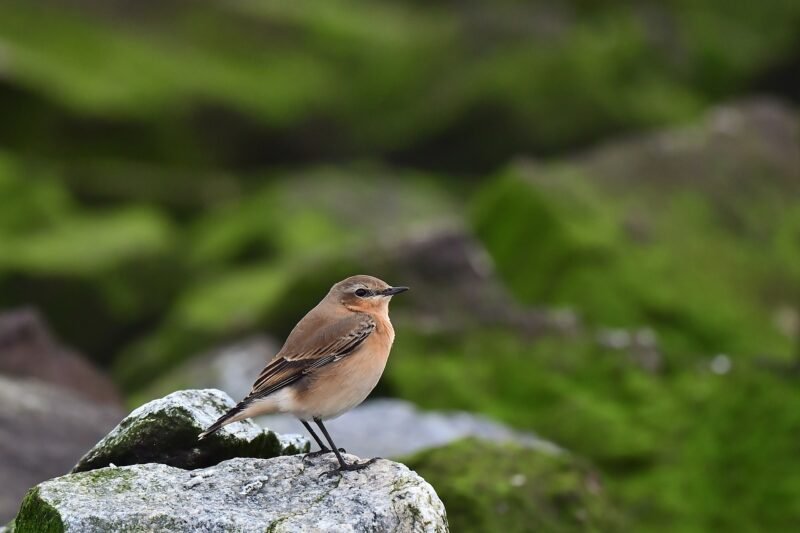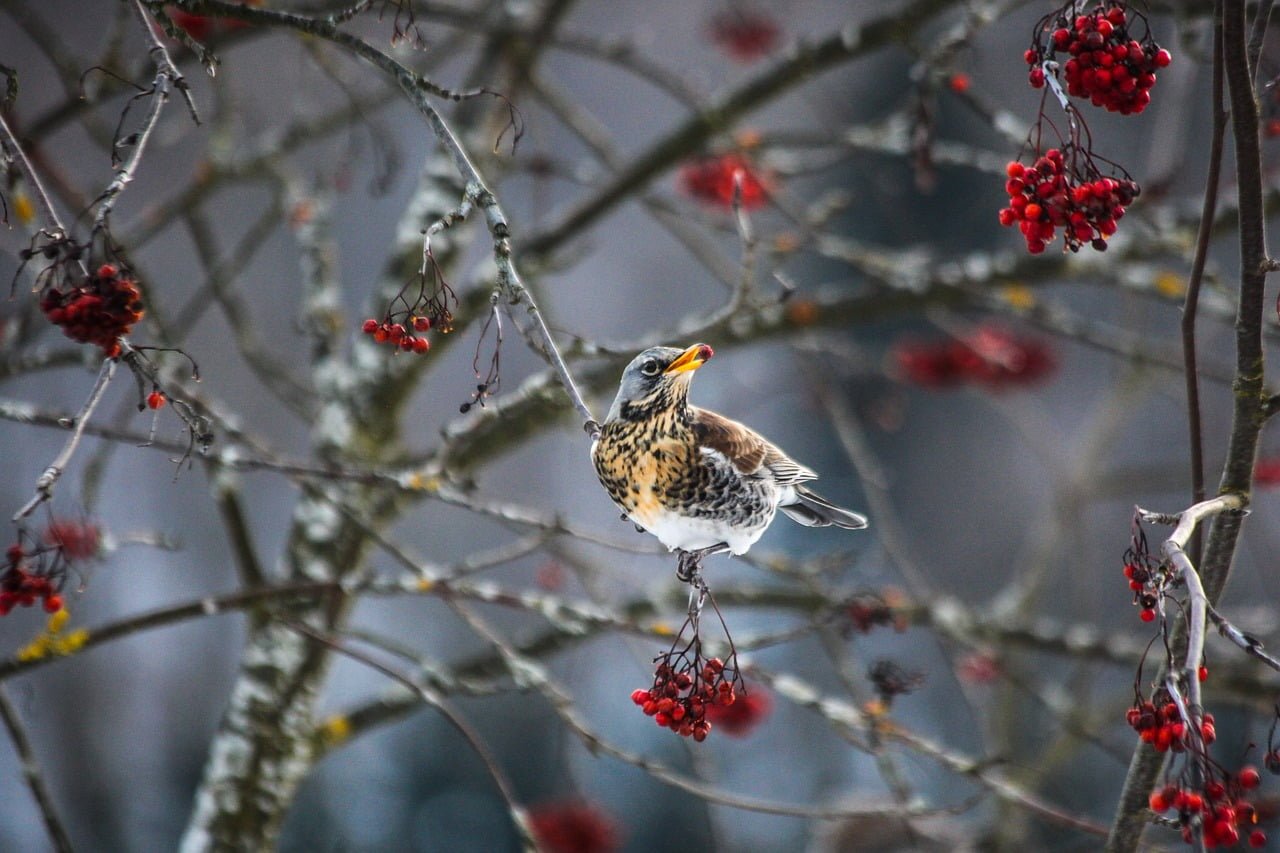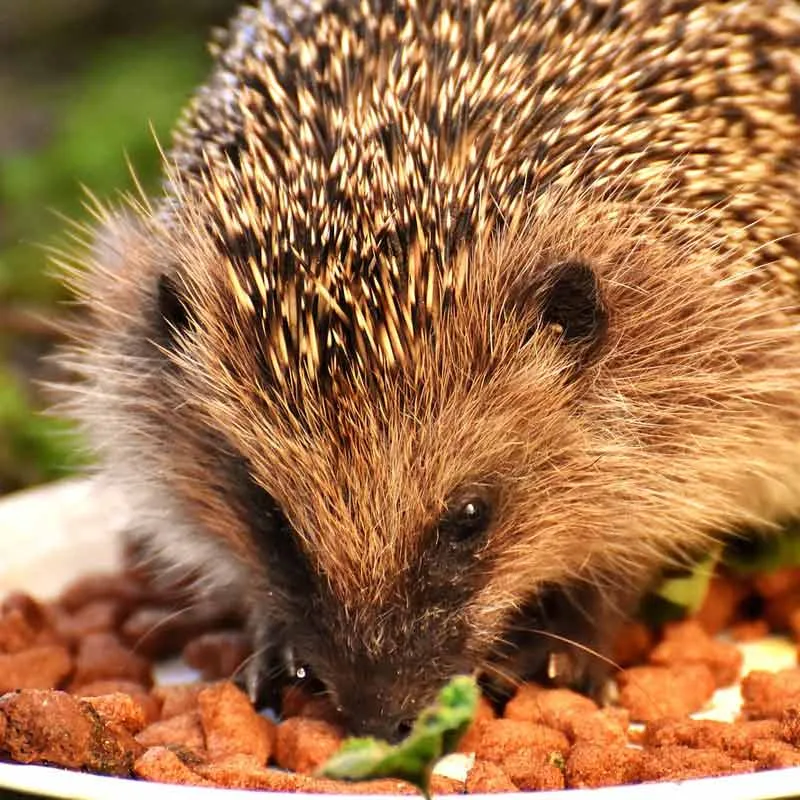Look Out For UK Bird Migrations in September
Introduction to September Bird Migrations in the UK
September heralds a transformative period in the UK’s avian landscape, marking the cusp of significant bird migration events. As autumn unfurls, a plethora of bird species embark on their migratory journeys, making the UK a pivotal junction in global migratory routes. This month is particularly crucial for birdwatchers, offering an exceptional opportunity to observe these breathtaking phenomena firsthand.
The migratory movements during September involve two primary pathways. First, a multitude of species migrate southward, propelled by the waning daylight and cooling temperatures, to reach warmer, more hospitable climates for the winter. This includes iconic species such as the Swallow and the Sand Martin, whose departure signifies the changing seasons. Conversely, this period is also marked by the arrival of wintering birds, such as the Redwing and Fieldfare, which travel from colder northern territories to the temperate climes of the UK, seeking refuge and sustenance.
Bird migration is not merely a remarkable spectacle; it is an essential survival strategy. Migration allows birds to exploit seasonal abundance in different geographical areas, thereby ensuring their survival and continued reproduction. For instance, the prolonged daylight of higher latitudes in summer enables intensive feeding and breeding, while migration to milder wintering grounds minimizes energy expenditure and exposure to harsh conditions.
The UK’s geographical location makes it a strategic node within these migratory pathways. Its diverse habitats, ranging from coastal wetlands to woodlands and agricultural fields, provide vital stopover sites where migratory birds can rest and refuel. Additionally, the UK’s relatively mild maritime climate offers favorable conditions for wintering species. This strategic significance underscores the importance of conserving these habitats to support the migratory cycles that are crucial to global avian biodiversity.
Understanding and observing September bird migrations in the UK not only enriches our appreciation of avian life but also deepens our awareness of the ecological processes underpinning these spectacular movements.
Species to Watch: Key Migratory Birds in September
September marks a period of significant bird activity in the UK, as various species either depart from or arrive in the region. Among the birds heading south during this month are the Swallow, Wheatear, and Sand Martin. Conversely, birds such as the Redwing and Fieldfare make their journey from Scandinavia to the UK. Understanding the key identification features, migratory patterns, and optimal observation times and locations for these species can enrich an autumn bird-watching experience.
Swallow
The Swallow is renowned for its streamlined body and strikingly long tail feathers that fork deeply. Typically, they exhibit dark blue upperparts, a reddish forehead and throat, and pale underparts. Swallows are often seen in open fields, near water bodies, or around rural buildings. By late September, they start their southward migration to sub-Saharan Africa. Mornings and evenings present the best times to observe these birds, particularly in areas with abundant insect prey along their route.

Swallow
Wheatear
Wheatears are small, ground-dwelling birds recognized by their distinctive white rump and tail with a terminal black band. Males showcase blue-grey upperparts and a black facial mask, while females and juveniles are more subdued in coloration. These birds prefer coastal cliffs, rocky outcrops, and open landscapes. In September, Wheatears make their way toward Africa, with sightings being common along coastlines and heathlands during this transitional period.

Wheatear
Sand Martin
The Sand Martin, the smallest of the European swallows, is identifiable by its brown upperparts and contrasting white underparts, with a distinctive brown breast band. Found primarily near water, they nest in colonies burrowed into sandy banks. Their autumn migration to Africa peaks in September, making rivers, lakeshores, and quarries ideal places to witness flocks preparing for departure.

Sand Martin
Redwing
Among the early arrivals in the UK from Scandinavia, the Redwing can be recognized by its creamy white underparts with distinctive dark streaking, and reddish flanks. They often travel in flocks, mixing with other thrush species. Meadows, woodlands, and hedgerows are favored spots where they feed on berries and insects. Their numbers increase in the UK during September and October, signaling the onset of colder months.

Redwing
Fieldfare
The Fieldfare, another Scandinavian migrant, is a large thrush with grey head, nape and rump, chestnut brown back, and spotted underparts. Flocks of Fieldfares are often seen in open countryside, farmland, and fruit-laden trees. They arrive in the UK from September through November, forming sizable groups that remain throughout the winter.

Fieldfare
September’s bird migration offers fantastic opportunities to observe these remarkable avian journeys. By familiarizing oneself with key species like the Swallow, Wheatear, Sand Martin, Redwing, and Fieldfare, bird enthusiasts can maximize their chances of experiencing this natural marvel across the UK’s varied landscapes.
Best Birdwatching Spots for Migration Viewing
Birdwatching in the UK during September offers enthusiasts the opportunity to witness an impressive array of migratory birds as they embark on their journeys. Several locations across the UK stand out as prime spots to observe these avian travelers. Among these, Spurn Point in East Yorkshire is renowned for its diverse range of species, especially during autumn migration. The unique geography of Spurn Point funnels birds through a narrow strip, making it an optimal location for viewing a multitude of species in a concentrated area.
Heading southwest, Dorset’s migration hotspots, such as Portland Bill, attract birdwatchers from far and wide. This promontory extends into the English Channel, making it a significant point for migratory birds moving along the coast. Observers can expect to see a variety of species, including warblers, flycatchers, and wheatears. Close to this area, Radipole Lake and Lodmoor reserve in Weymouth offer additional chances to catch sight of migrating birds amidst picturesque settings.
Further north, the Norfolk coast remains a perennial favorite for birdwatching during migration periods. Sites such as Titchwell Marsh and Cley Marshes are vital stopovers for thousands of birds. These reserves feature diverse habitats, from saltmarshes to freshwater lagoons, attracting an assortment of waders, wildfowl, and passerines. Birdwatchers here can experience both the thrill of large numbers and the excitement of spotting rare species.
For a successful birdwatching outing, timing and preparation are crucial. Early mornings are often the best times to observe migratory activities, as birds are most active with the rising sun. Bringing essentials such as binoculars, a telescope, a field guide, and appropriate attire can enhance the birdwatching experience. It’s also advisable to carry a notebook for recording sightings and a flask of hot drink to stay warm during cooler mornings.
These locations, among others across the UK, provide birdwatchers with rich opportunities to witness the wonders of avian migration. Whether you are a seasoned birder or a novice, visiting these spots in September promises an unforgettable experience surrounded by the natural beauty and diversity of birdlife.
Conservation Efforts and How to Get Involved
Conservation initiatives in the UK are crucial for the protection of migratory birds and their habitats, particularly during the crucial month of September. Various organizations and wildlife groups are dedicated to mitigating the threats migratory birds face, including habitat loss and climate change. The rapid urbanization and agricultural expansion have significantly reduced natural habitats, compelling birds to adapt to suboptimal environments. Additionally, the impact of climate change affects migration patterns, breeding cycles, and food availability, further exacerbating the risk to these birds.
Several noteworthy conservation organizations are at the helm of efforts to protect migratory birds. The Royal Society for the Protection of Birds (RSPB) manages reserves and lobbies for stronger environmental protections, while the British Trust for Ornithology (BTO) conducts extensive research to inform policy and conservation strategies. These organizations collaborate with local communities, other conservation groups, and governmental bodies to implement comprehensive conservation plans.
One prominent strategy employed by conservationists is habitat restoration. This involves rewilding initiatives, tree planting, and wetland restoration projects designed to create and preserve spaces that are vital for birds during their migration. Furthermore, conservationists use technology such as satellite tracking and advanced data analytics to monitor migration patterns and identify critical areas that require protection.
Individuals can play a significant role in supporting these conservation efforts. Participating in citizen science projects, such as bird watching surveys and bird counts, provides valuable data that aids in the conservation planning process. Volunteering with local wildlife trusts or conservation NGOs offers hands-on opportunities to help restore habitats and support ongoing projects. Financial support is also instrumental; donations to conservation charities help fund essential research and habitat protection initiatives.
Raising awareness about the challenges faced by migratory birds and advocating for stronger environmental policies can lead to more widespread community engagement. By taking collective action, we can ensure that the migratory birds visiting the UK each September are met with safe, thriving habitats.

